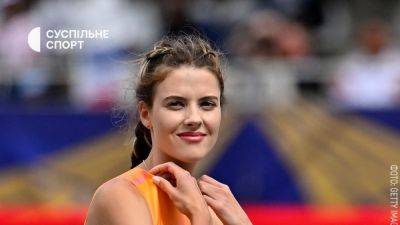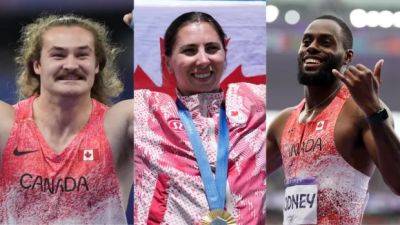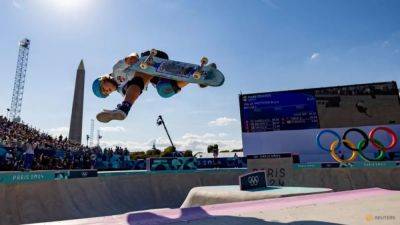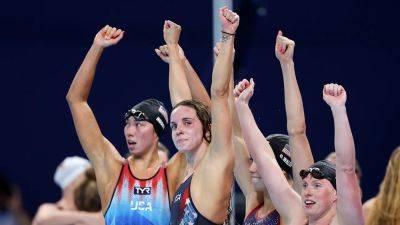Have the Olympics alienated the general public from breakdancing?
From the Australian b-girl with the meme-worthy “kangaroo” dance move to the silver-medal-winning Lithuanian in a durag, breaking's Olympic debut had a few moments that raised questions from viewers about whether the essence of the hip-hop art form was captured at the Paris Games.
Rachael Gunn, or “Raygun," a 36-year-old professor from Sydney, Australia, quickly achieved internet fame, but not necessarily for Olympic-level skill.
She was swept out of the round-robin stage without earning a single point, and her unconventional moves landed flat while failing to match the skill level of her foes.
At one point, Gunn raised one leg while standing and leaned back with her arms bent toward her ears. At another, while laying on her side, she reached for her toes, flipped over and did it again in a move dubbed “the kangaroo”.
Gunn has a PhD in cultural studies, and her LinkedIn page notes she is “interested in the cultural politics of breaking."
“I was never going to beat these girls on what they do best — their power moves,” said Gunn. “What I bring is creativity.”
Clips of her routine have gone viral on TikTok and elsewhere, and many cringed at her moves platformed on the Olympic stage as a representation of hip-hop and breaking culture.
“It's almost like they are mocking the genre,” wrote one user on X.
Many black viewers, in particular, called out Lithuania’s silver medalist b-girl Dominika Banevič, aka "Nicka", for donning a durag during each of her battles.
Durags, once worn by enslaved Africans to tie up their hair for work, are still worn by black people. They became a fashionable symbol of black pride in the 1960s and 1970s and, in the 1990s and early 2000s, a popular element of hip-hop style.
The 17-year-old breaker








